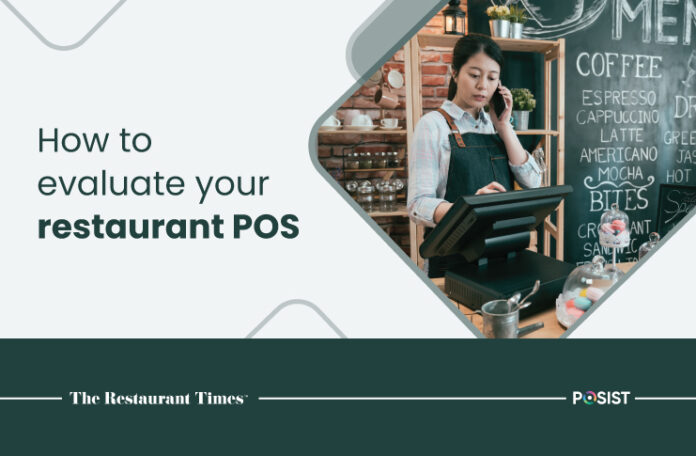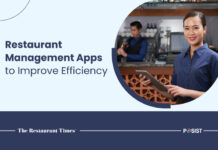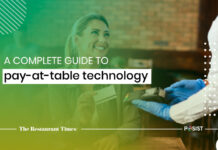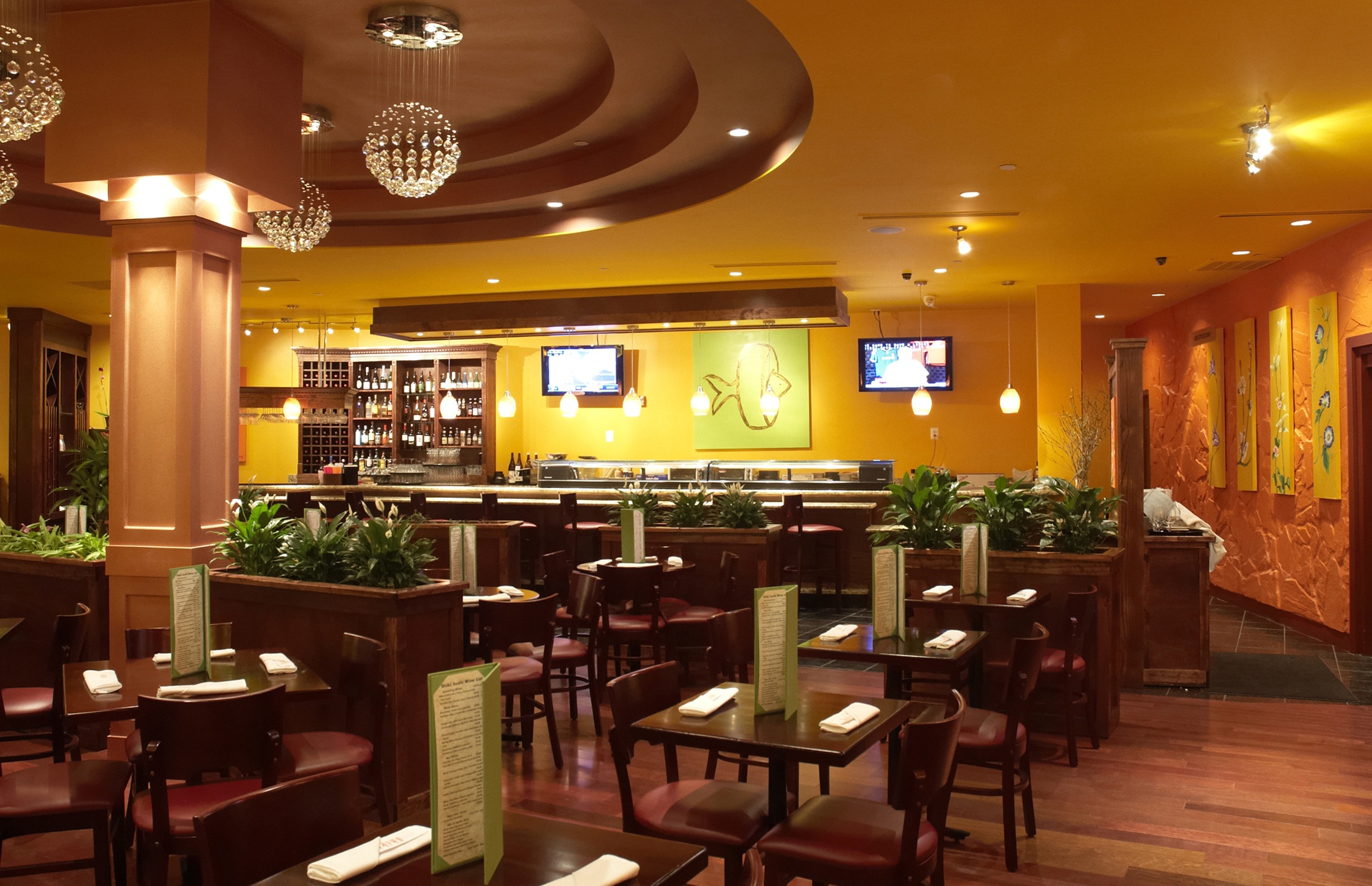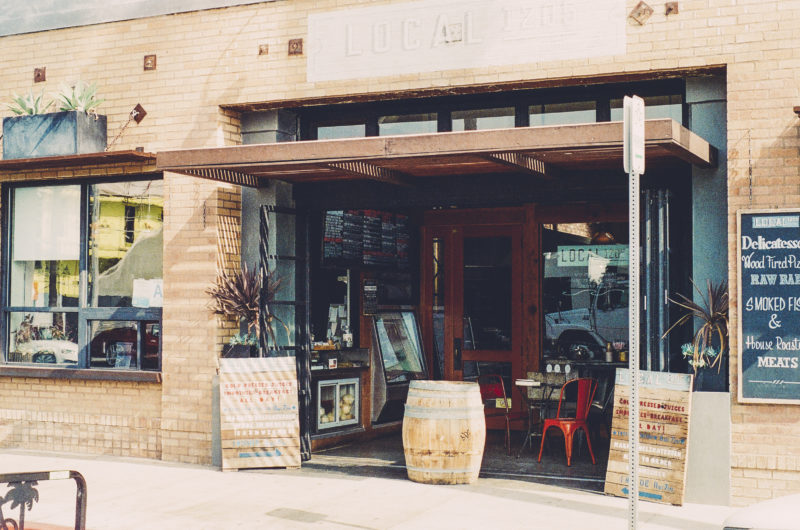The restaurant business is very profitable, or at least was a thriving business before the pandemic. The sector has suffered a lot since the outbreak of COVID-19 due to lockdowns and various social norms given the virality of the pandemic. However, the scenario is improving gradually as the economy is opening up, and most businesses that survived the downturn are trying to make their move in this post-pandemic world.
The food service industry across the world is saturated with a large number of players without much variation in terms of offerings. As a restaurateur, if you wish to beat the competition, you need to invest in modern business technology to help you differentiate yourself from others. One such new-age technology is the restaurant point of sale (POS) system.
However, you must choose the ideal POS system with the right features to help you run your restaurant better and generate healthier ROI. This article has put together a comprehensive list of features that will help you select the best restaurant POS for your business.
What is a Restaurant POS System?
A restaurant POS system helps you manage everything from inventory to staff members, easing out a lot of the complexities involved in running a restaurant business. Functionalities available with a POS system can help you track even the most minor details, such as the ingredients of dishes while they are being prepared.
A restaurant POS system makes the management of operations in a restaurant smoother and much more convenient. It allows you to manage sales, inventory, supply chain, production, orders, kitchen operations, staff, and customers with the help of a digital interface of the software. Besides, it lets you run reports in real-time so that you know whether an item is doing well or should it be removed from the menu.
With the advancement in technology, the scope for restaurant POS systems has become quite widespread. So, it is no wonder that a restaurant POS has now become an indispensable part of the restaurant industry. Typically, it offers end-to-end restaurant management and business intelligence functionalities, which is more than what dedicated ERP software previously provided.
How does a Restaurant POS System work?
A typical restaurant POS system can be grouped into two broad categories – hardware and software.
The hardware refers to all the devices required to capture data pertaining to sales, payment information, etc. It can include a credit card reader, a cash drawer, a barcode scanner, and a receipt printer. In the case of a mobile POS system, a mobile device or tablet can be all the hardware you need.
The software part is basically what works behind the scenes in order to process the captured information, including payments, inventory, customer data, and reordering alerts. It can be integrated with your existing back-office system or a third-party app, allowing you to track all the restaurant operations from a single dashboard.
How To Select The Best POS System For Your Restaurant
Given that we have learned about restaurant POS systems and realized their importance in the current scenario, it is essential that we know about the features that should be considered while selecting a restaurant POS system. So, here is a list of features you should look for in an ideal restaurant POS system.
-
Cloud Technology
While scouting for a restaurant POS system, the first thing you must look out for is whether or not it uses cloud technology. Many restaurants tend to use the traditional on-premise POS system, which is usually prone to data loss and system breakdown. Besides, some of them don’t possess the ability to manage POS data (such as menu item prices, promotions, discounts, etc.) and guest-facing content (such as allergens, nutritional content, etc.) due to the lack of adequate storage capacities.
On the other hand, data is backed up on a remote server in the case of cloud technology, minimizing the likelihood of losing data even during connectivity loss or device failure. Besides, the ease of access in the case of cloud technology is another key advantage. You can access and track the system on any internet-enabled device from anywhere in the world. You must be able to manage all data and menu content within the POS system as it would reduce the complexities of management across multiple channels.
-
Inventory Management
Another indispensable aspect of any restaurant POS system is its inventory management module. You can cut down wastage in the back and front-of-the-house by automating the inventory management system. Sound inventory management can be the difference between success and failure in the highly competitive restaurant business.
Most restaurants spend close to 3 hours every week simply managing stock. You can stop wasting precious resources and time on menial tasks by automating your inventory management system with a restaurant POS system that can track stock and improve order efficiency. A robust inventory management system can also assist you in keeping a check on the recurring food costs by monitoring inventory expenses. Besides, it can send alerts when the stock level hits the reorder point, thereby ensuring that your restaurant never runs out of stock in crucial times.
In this way, you can free your staff from the task of inventory management and let them concentrate on what they are expected to do best – serve the customers and create excellent guest experiences.
-
Detailed Performance Reports
In order to beat the competition, you need to know where you are leaking revenues or incurring more costs. Thus, detailed performance reports are an essential part of any business. As a restaurateur, you need to gauge your restaurant’s business performance and profitability, and these reports help you do that.
A typical restaurant POS system furnishes real-time reports for multiple outlets in one single place. You can leverage these reports to analyze your sales & operating costs, conduct in-depth analysis, optimize your menu pricing, etc. In short, it lets you dive deeper into the statistics to draw decision-critical insights.
For instance, you can analyze the historical sales data with the help of real-time restaurant POS detailed performance reports. Then you can boost profitability by optimizing employee schedules, making them more dynamic. Besides, you can also proactively adjust staffing levels depending on your current business need.
-
Third-party Integrations
With the growing popularity of online ordering, more and more restaurants are nowadays seeking options for third-party integration. Customers nowadays expect flexibility and freedom to explore and decide where, when, and what they want to eat. They look for options for online ordering and curbside pickup as well as delivery. So, the F&B operators are forced to integrate emerging and innovative technologies to cater to customer requirements.
So, it has become imperative for restaurants to integrate with third-party food aggregators to expand their reach and serve more customers. A good restaurant POS system allows you to take incoming orders from multiple food aggregators and deliver them efficiently. Besides, many POS systems also support various other types of third-party integrations, such as tie-ups with payment apps, apps for delivery valet tracking, etc.
Thus, it would be best to look for a restaurant POS system with features from contactless delivery to payment processing for your consumers. Besides, the restaurant POS system must have the required tools and APIs to integrate with various other exciting third-party technologies.
-
CRM Module
Since customers are at the core of a restaurant business, everything you do is done keeping them in mind. So, you must understand their behavior on a deeper level to create tailor-made offers, rewards and discounts for building customer loyalty because customers nowadays look for new and engaging dining experiences. A restaurant POS system offers you this ability through its CRM module that allows you to mine customer data and develop strategic insights.
For instance, the CRM module can help you categorize your customers into different segments and run targeted campaigns for them via SMSs and emails. You can also choose to incentivize your loyal customers using the CRM module’s point-based loyalty programs. In short, a restaurant POS must help you understand the demographics so that you can analyze their preferences and optimize your menu accordingly.
-
Durability of Hardware
The POS workstations and hardware need to withstand the relentless use and the sweltering conditions within the kitchen. You will be using the POS workstations constantly throughout the day, and in many cases, the hardware may be located near fryers, heat lamps, and other kitchen equipment. If you don’t opt for the durability feature, you may save some money upfront on purchasing the POS hardware. However, the decision may cost you more in the long run as there may be service interruption due to frequent failures, loss of orders, and need for spare part replacements. So, it may be advisable to look for durable hardware despite the higher upfront cost.
-
Integration with Self-service Kiosks
Trends in the F&B sector indicate that customers nowadays prefer speed over human interaction. Hence, some operators, from fast-casual to full-service restaurants, have started deploying self-service kiosks to improve their guest ordering experience and boost transaction values. As a restaurateur, you too need to ensure that you adapt to the new customer requirements and move to kiosks that offer faster and more efficient service by reducing customer wait time, increasing their basket size, and improving order accuracy. Besides, it allows you to redeploy your staff somewhere else where they are needed the most.
By now, you have a fair bit of idea about the features you should look for in an ideal restaurant POS system. If you feel that the list is pretty long and you are tired, then you have to understand that there are no alternatives to it. To choose the best POS system for your restaurant, you must know what you need to look for.
Once you find the perfect restaurant POS system, you can run your business smoothly and efficiently, and you will never have to look back. On the other hand, a wrong choice can ruin your restaurant business. So, take a little bit of time out of your busy schedule and spend some money to get the best restaurant POS system for your foodservice business.


